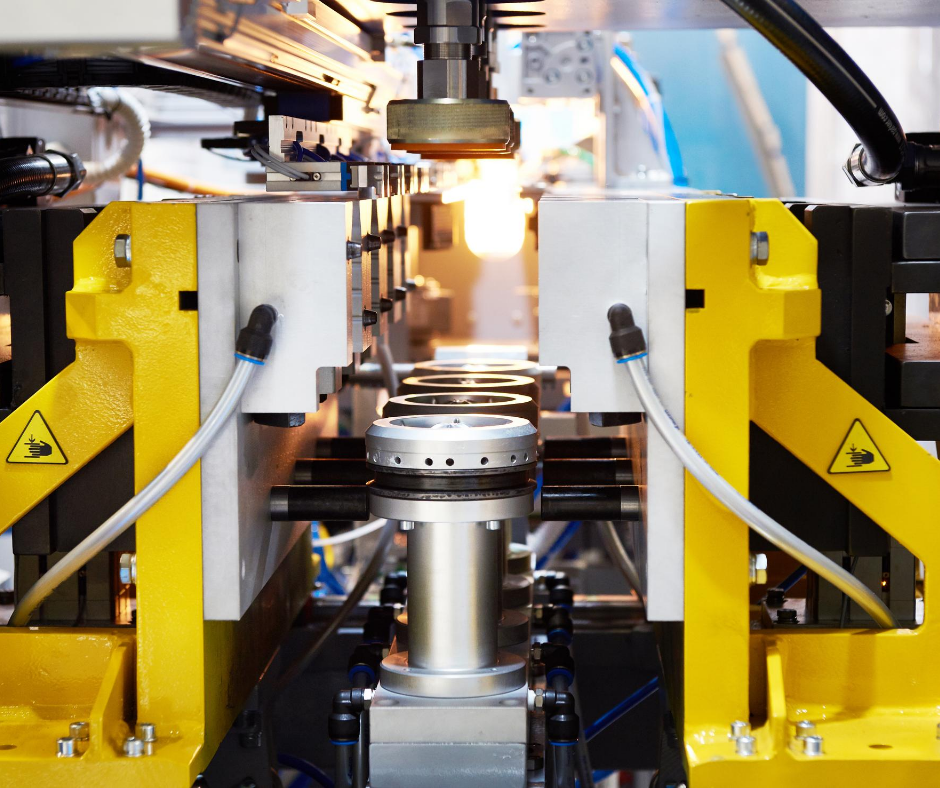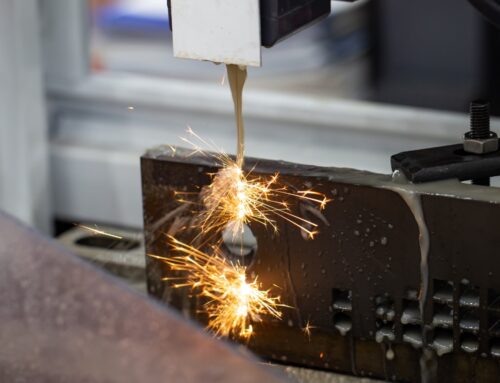Custom plastic injection molding services require extreme precision and detail to ensure the desired product is perfect. However, just like most things in life, mistakes and errors can occur and lead to setbacks in the production process. These problems can come from the material being used, the molding process, the aluminum molds, the tooling design, or a combination of all four. In this article, we will look at some of the most common plastic injection molding problems and how to prevent them from occurring.
Flow Lines
Flow lines look like wavy patterns and can appear as ring-shaped bands on the surface of a product. These lines are off-tone streaks, and while they don’t necessarily affect the structure of the product, it is fairly unattractive. Flow lines commonly occur by the liquid plastic cooling at different speeds as it flows throughout the mold.
Some easy ways to avoid flow lines include:
- Increasing nozzle diameter
- Increasing injection speed and pressure
- Rounding the areas within the mold in places where thickness varies
Warping
Warping is a fairly common plastic injection molding problem. It occurs in products where different parts of a component shrink unevenly. Common causes of warping are injection-molded plastic cooling too quickly, excessive temperature of the molten material, and mold design problems.
At LeVic Plastics, we avoid warping in our plastic injection molding services in Kansas City by ensuring the cooling process is a gradual one to help prevent uneven stress. We also will either lower the temperature, redesign our aluminum molds to ensure the walls and parts are uniform, or switch to a particle-filled thermoplastic, which shrinks much less than other materials.

Bubbles
When bubbles occur within the plastic, it can affect the structural integrity, unlike flow lines. Bubbles create weak spots on a product and reduce durability. For products that will be used in the automotive or medical industry, bubbles can be a significant safety issue.
Trapped gasses typically cause bubbles within aluminum molds due to poor venting. They can also happen because of inadequate molding pressure and material cooling too quickly. You can avoid bubbles by using a lower viscosity material grade, raising the injection pressure, and/or placing gates closer to the mold’s thicker parts.
Sink Marks
A sink mark is a small depression or dent in a smooth section of a plastic. This happens when the inner part of the component cools faster than the outside and shrinks. Like the other problems listed, you can avoid sink marks by using the right pressure and cooling time, as well as designing a mold with thinner walls to achieve the right balance.
Contact LeVic Plastics
At LeVic Plastics, we have mastered the art of custom injection molding and through our state of the art equipment and practices. With our in-house facilities, we are able to use our specialized aluminum molds in Kansas City to mold a variety of different types of inserts in our customer’s parts as needed. Request a quote from us today or give us a call at 800-231-1232!





